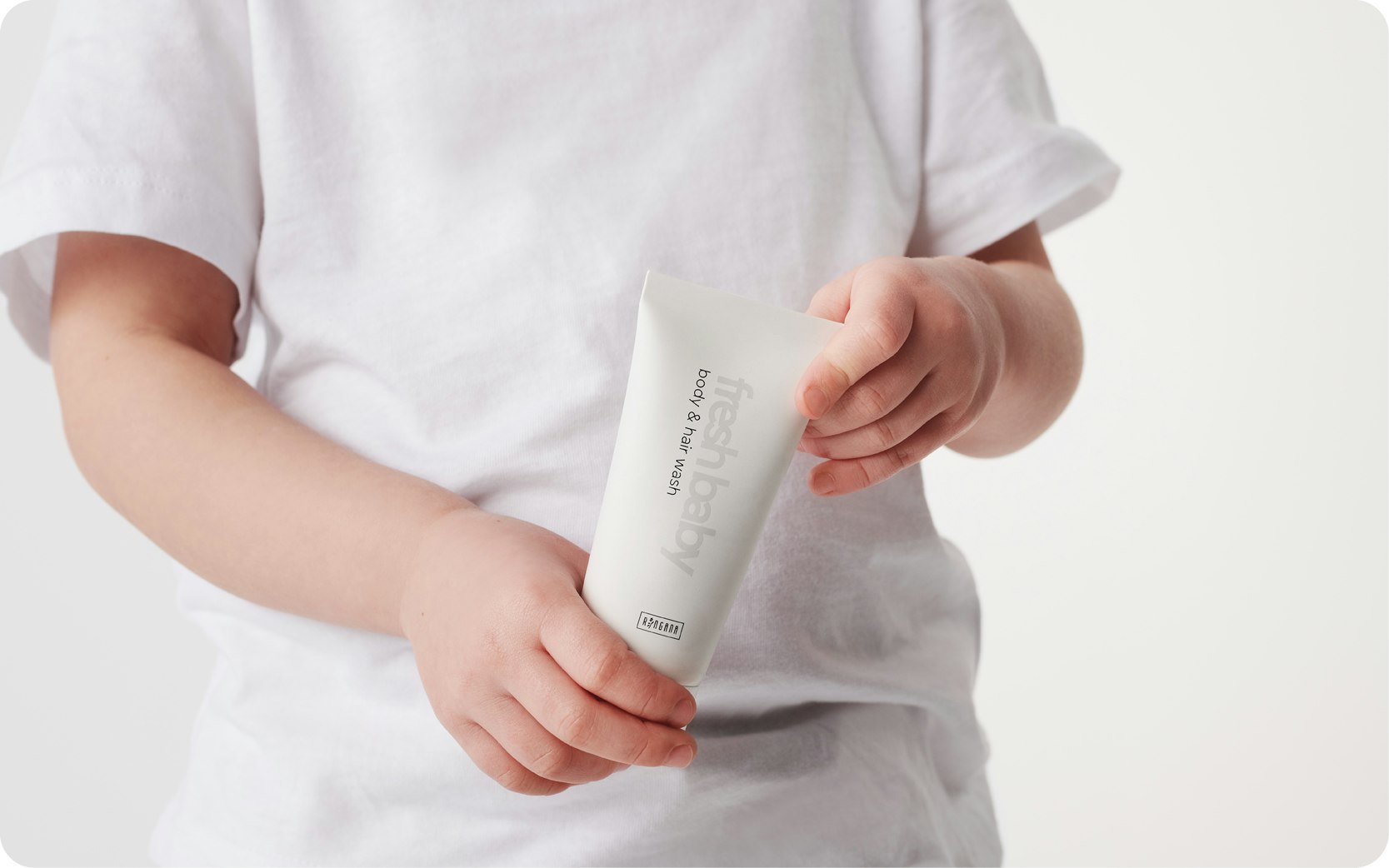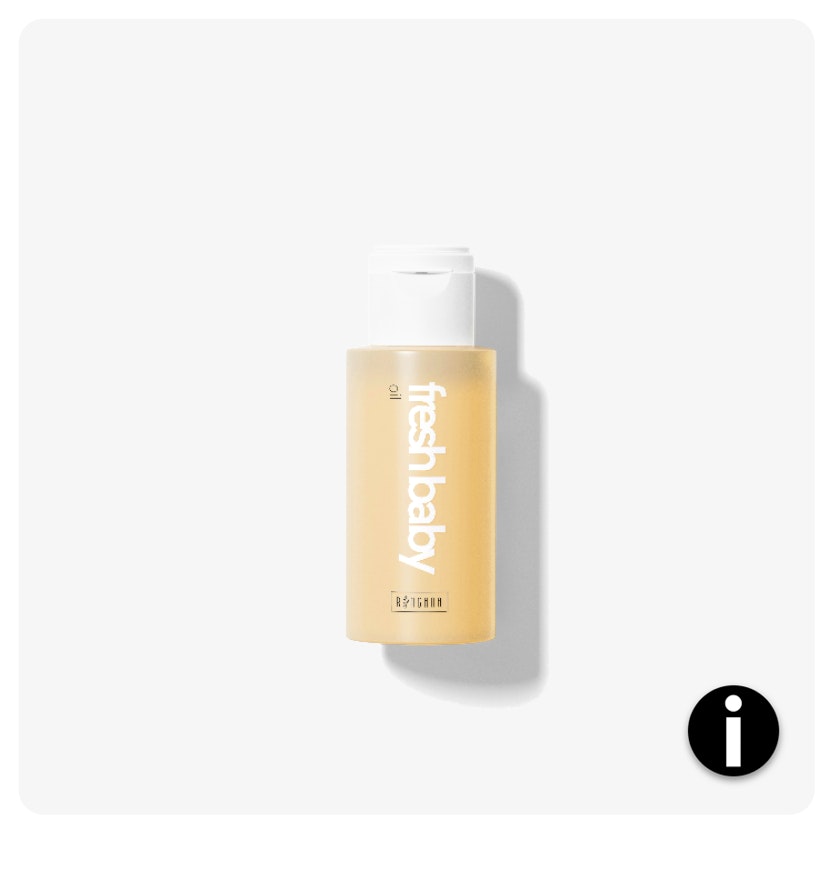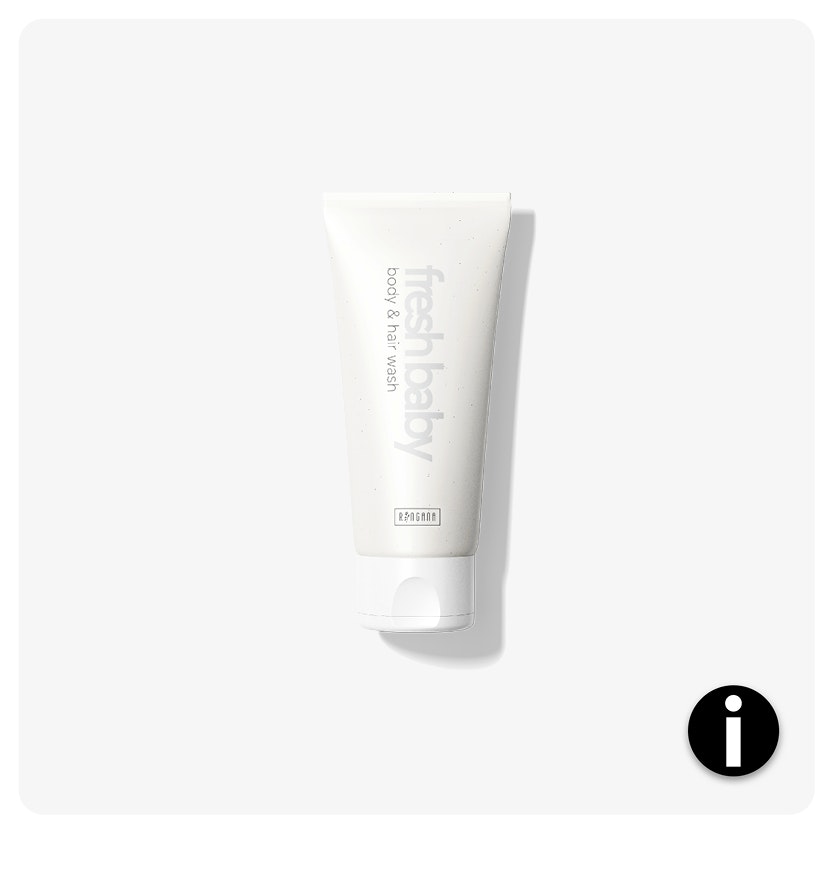Suddenly you can see yellowish scales on baby’s delicate scalp. As a parent, you understandably want to get rid of them as quickly as possible and ensure your baby’s complete wellbeing. But remember, mums and dads: when it comes to scalp irritation, milk crust is often mistaken for cradle cap, but these two skin conditions need to be treated differently.
What is milk crust (infantile eczema) and how do I relieve the symptoms?
The tricky thing about milk crust is that crusty, yellowish-white scales appear that resemble harmless cradle cap (infantile seborrheic dermatitis). However, unlike cradle cap, milk scale can cause unpleasant symptoms. But if you look closely, you can quickly identify the differences.
Milk crust usually starts from around the age of 3 months presenting as inflamed, red, scaly and itchy skin. The symptoms may appear not only on the scalp, but also on baby’s face and other parts of the body. Babies will be caused extreme discomfort because of the powerful itchiness, making them fretful and restless. Scratching the affected areas should be avoided wherever possible. However, if baby does scratch, you can help to relieve the itching and the reddened skin with something cool. If baby already has open sores, ensure that they are well cleaned and that no inflammation occurs.
Overview of the symptoms:
- first appears around the age of 3 months
- appearance: firm, yellowish to brownish, often weeping below the scabs
- very itchy
- baby is generally out of sorts: restless, disturbed sleep
If these typical symptoms appear, you shouldn’t delay. Consult a doctor to get a firm diagnosis and treatment options for your baby.

What is cradle cap and how do I relieve the symptoms?
Cradle cap usually manifests as a harmless, scaly skin condition which occurs in the first weeks of baby’s life because of hormone-related increased sebum production. Baby will hardly notice the rash because, unlike with milk crust, cradle cap won’t make baby’s skin itch. In this case, there is no medical reason to remove the scales.
Overview of the symptoms:
- first appears from the age of 1 to 3 weeks
- appearance: greasy, yellowish to brownish, no redness below the scabs
- little to no itchiness
- hardly any effect on baby’s wellbeing
If you wish to remove the annoying scales from baby’s scalp, you should make sure that you choose a gentle method. For this we recommend a combination of FRESH baby oil & FRESH baby body & hair wash. For the first step, gently massage a few drops of FRESH baby oil into the affected areas, and leave to work under a shower cap. The time needed will vary depending on the scaling. The grooming oil will soften the scabbing a little, so that the scales can then be gently washed out of baby’s fine hair with FRESH baby body & hair wash. It will take several applications to completely remove the scales.

FRESH baby oil
Baby skin care and massage oil
50 ml
What makes FRESH baby oil & FRESH baby body & hair wash so special?
Both products contain ingredients chosen specially to meet the needs of delicate baby skin. Containing selected organic, pharmaceutical-grade oils, along with other plant extracts, these products deliver natural grooming, and help to preserve the skin’s protective barrier. Thanks to the versatility of FRESH baby oil & FRESH baby body & hair wash you’ll be perfectly and safely equipped to meet the many needs of your baby’s skin during the first months of life.

FRESH baby body & hair wash
2-in-1 baby washing care & shampoo
50 ml


 Zur Übersicht
Zur Übersicht